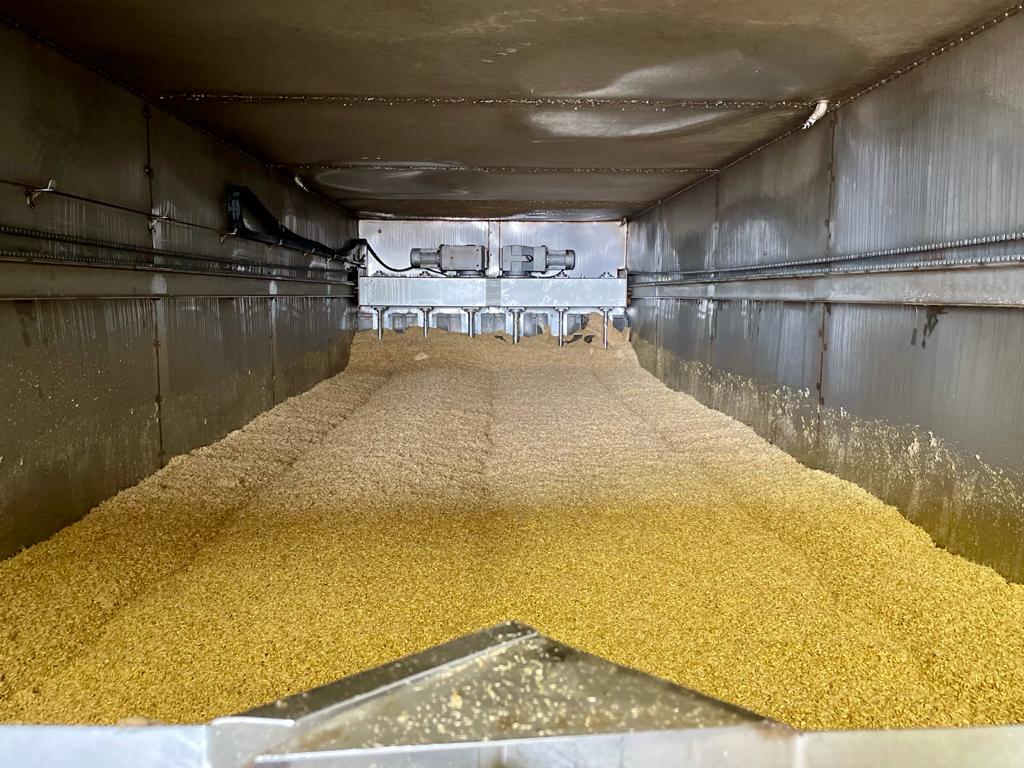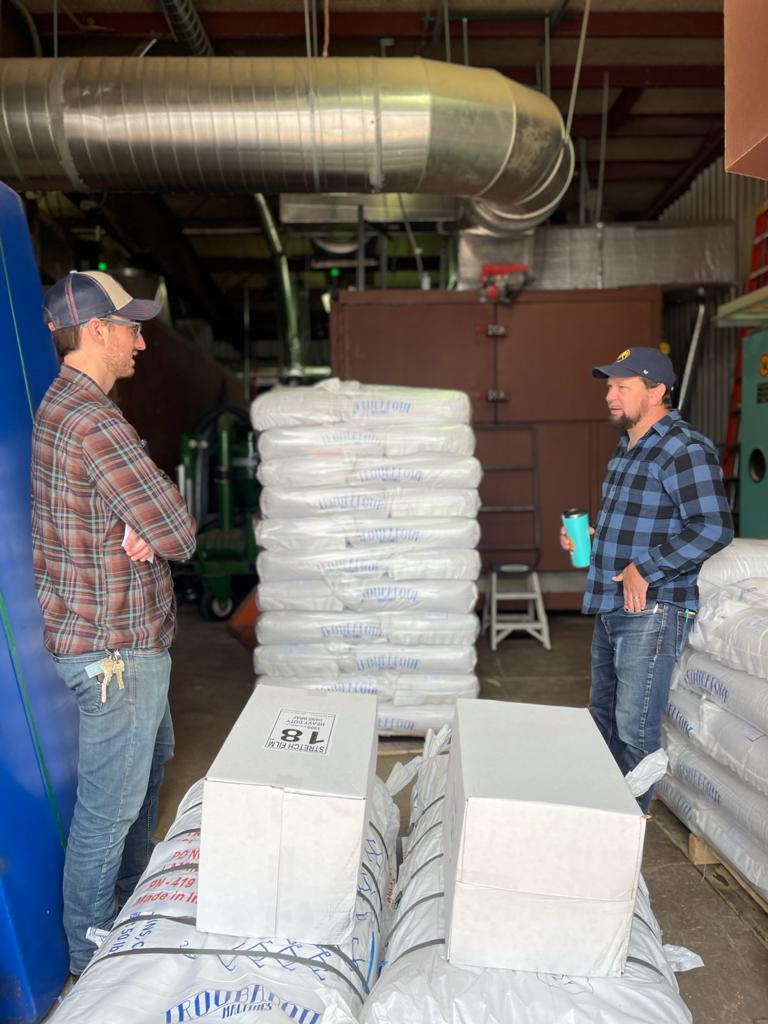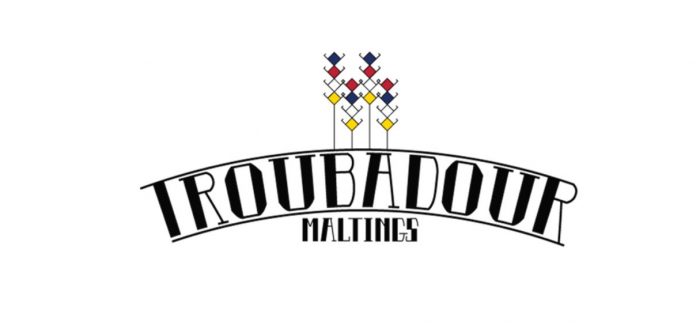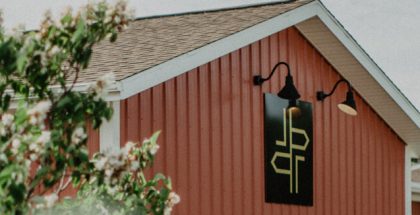Troubadour Maltings Brings Craft Ideas to All Stages of Brewing
Craft beer enthusiasts are never short on things to say about the beer they are drinking. Whether it’s praise for their favorite under-the-radar brewer, an ode to the specific blend of hops used in their favorite IPA or their witty tasting notes to be added to their Untapped, there are a myriad of details to discuss when talking about craft beer. With this in mind, beer enthusiasts often overlook one of the most core components: malt.
Troubadour Maltings in Fort Collins, CO aims to change the underground persona of craft malting and, according to their website, “builds bridges between producers and craftspeople.” Starting production in 2015, maltsters Chris Schooley and Steve Clark birthed the idea for their business over a beer (as many good ideas begin). Having intimate knowledge of the coffee roasting industry, Schooley brings a passion for individual flavors and uniqueness to their malting game. With a background in chemical engineering and as an avid homebrewer, Clark brings a science mindset and passion for what the malt will be used for. Together they form a dynamic duo that focuses on directly sourcing their grains and having an open dialogue with brewers about what qualities they will want or need in the beer. At its core, small-batch craft malting is all about creating a product that fits the brewer or distiller rather than simply filling bulk orders.

By understanding the source of their grains, Troubadour has been able to open the conversation about what wheat and barley varieties make the best malts for certain situations. One unique example of this is their relationship with the wheat variety Antero. This wheat variety is well known by Colorado farmers as being a high-yielding crop, but oftentimes does not have the proper protein content in the grain to be used for bread or pasta and can thus be turned away by granaries. As it turns out, where Antero misses the mark in bread making, it excels at malting. To date, Antero makes up a large portion of the 10 tons of grain malted at Troubadour every week and can be found in many local breweries beers including Stodgy Brewing, TRVE, Our Mutual Friend, Baere, Novel Strand, Cerebral, Zwei, Jessup Farm, Casey Brewing and many more. This is just one of the numerous examples of how Schooley and Clark are trying to bring the producers and the variety of choice into the equation for brewers.

Traditionally, troubadours were traveling poets and storytellers and this idea is held up by this company trying to bring the story of malting back into brewing. Their scope for malting is driven towards bringing art, science and poetry to the process–or as Schooley would call himself, “a failed poet turned maltster.” So the next time you’re at a brewery, try picking the brain of a brewer as to where their malts came from: you might be surprised at the thought put into finding the right ones.
Feature image courtesy of Troubadour Maltings
-
Dear Darren & Chris,
fantastic idea! Great to have people focusing on the second largest share of ingreadient in beer. MALT!!
Have you checked out Bühler’s latest invention? The modular craft malting called RimoMalt:
http://www.rimomalt.comKind regards,
Johannes








Comments